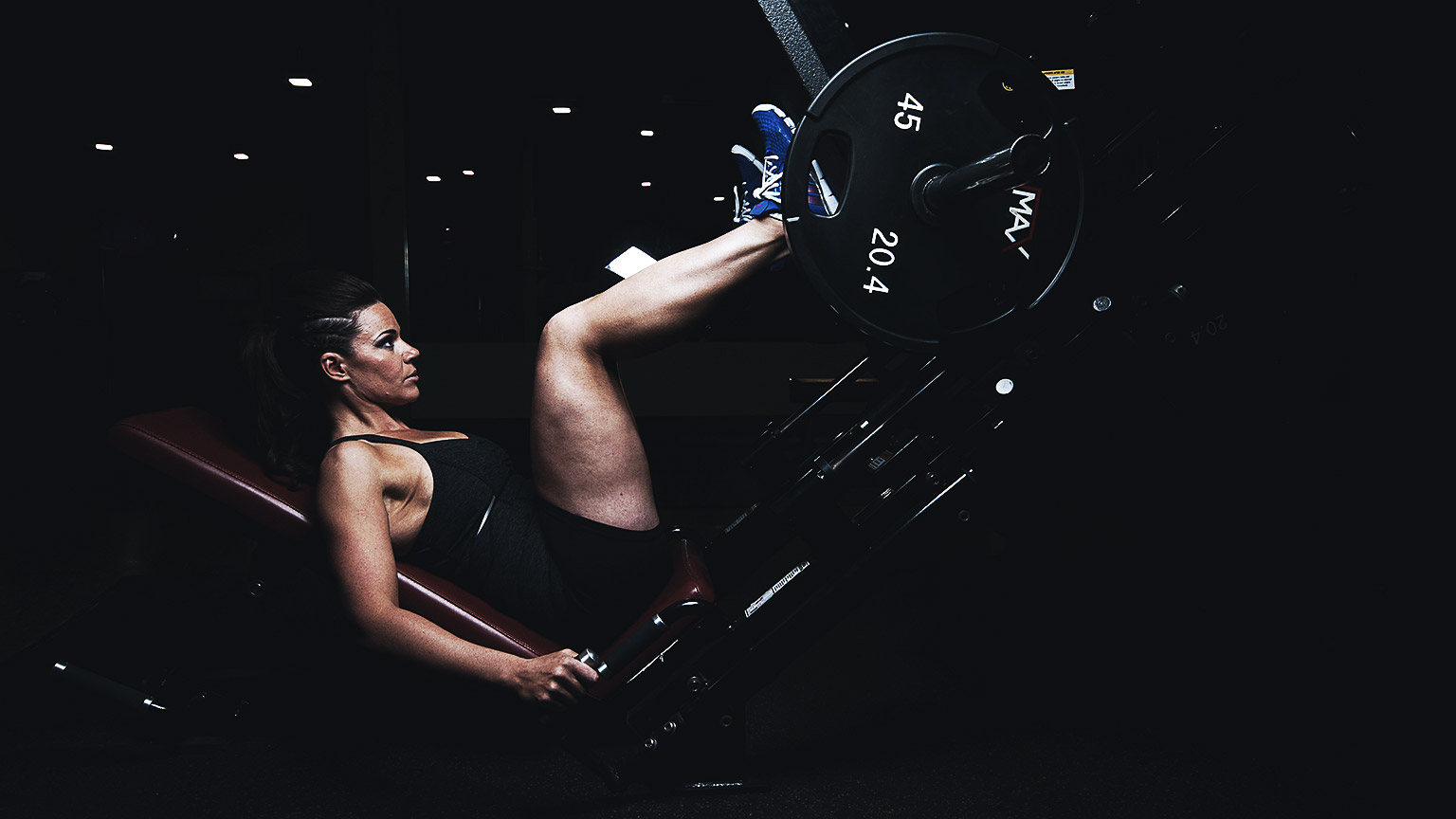There are over 600 muscles in your body. They help you move, pump blood through your body, keep you breathing while you read this sentence, and will help you scroll down the page. Understanding how the body works will help you design effective fitness programmes.
This module will provide you with a broad understanding of the human body's structure and function, with a particular focus on how this relates to physical activity. You will learn about the body’s energy systems and the types of activities that utilise these systems, along with the acute and chronic effects of exercise on major organ systems.
The largest focus of this module will be increasing your awareness of muscle properties and function, and how the selection of different exercises targets different muscle groups.
We’ll cover:
- Anatomical terms
- Skeletal system
- Joints
- Nervous system
- Cardiovascular system
- Respiratory system
- Muscular system
- Other systems
- Menstrual cycle
- Energy systems
The fine print:
This module relates to Graduate Profile Outcome (GPO) 2: Apply knowledge of anatomy and physiology to adapt and deliver safe and effective exercise programmes to individuals.
It supports Learning Outcomes (LO):
- 2.1 Identify and describe the structure and function of major systems of the human body and their physiological responses (acute and chronic) to exercise (7 credits).
- 2.2 Differentiate clearly the energy systems in use during different forms of exercise (3 credits).
- 2.3 Demonstrate the ability to apply knowledge of muscle structure and function when developing safe and effective programmes. This will include a safe and effective demonstration of common resistance training techniques and knowledge of the key muscles targeted (5 credits).
Note
LO 2.3 is assessed in Exercise Prescription Part B.
To ensure a smooth learning experience, we suggest starting this module at specific weeks.
Full-time students
We recommend starting the module in week 1.
- Hours of learning per week: Approximately 37.5 hours
This includes 12.5 hours of self-directed fitness-based practical each week, time for assessments, self-directed study, note-taking, and completing the content on the NZIS online campus. - Milestones: Skeletal System Test due end of week 2, Nervous System Test due end of week 3, Cardiovascular and Respiratory Systems Test due end of week 3, Muscular and Energy Systems Test due end of week 4.
Part-time students
We recommend starting the module in weeks 1 - 2.
- Hours of learning per week: Approximately 20 hours
This includes 5 hours of self-directed fitness-based practical each week, time for assessments, self-directed study, note-taking, and completing the content on the NZIS online campus. - Milestones: Skeletal System Test due end of week 4, Nervous System Test due end of week 6, Cardiovascular and Respiratory Systems Test due end of week 6, Muscular and Energy Systems Test due end of week 8.
Assessment
There are 4 tests for this module.
- Skeletal system (includes joints)
- Nervous system
- Cardiovascular and respiratory systems
- Muscular and energy systems
We recommend you sit the test soon after completing the corresponding topic(s). I.e., sit the skeletal system test once you have completed the skeletal system and joints topics. Do not wait until the end of the module. This way, the content is fresh in your mind, and you can pace your assessments.
The assessments are open-book, and you should allow 60 minutes to complete each test.
You can start the next module before submitting all 4 tests.
Anatomy and physiology is quite a theoretical module. There is no getting around the fact that there is a lot of new terminology and theory that you will have to learn. To support you in acquiring this knowledge, you’ll find a mixture of things to read, watch, listen to, and do.
Learning a new language
This module incorporates many interactive activities with instant feedback to improve your recall and check your understanding frequently. You may wish to create your own glossary or flashcards to practice key terms. Drawing and taking notes will help you commit the content to memory, and help you work through new knowledge. You can hover over underlined abbreviations, acronyms, and some technical terms to read the full definition. Try it now by hovering over WHO.
Self-directed practical learning can be helpful for understanding anatomy and physiology. E.g., compare what your body is doing when you do a bicep curl to when you do a tricep pushdown. Practice naming the muscles, joints, and bones involved in the movement. Think about what it is about that muscle, joint, or bone that allows you to do that exercise.
You may wish to supplement and support your learning using an anatomy atlas. Most public libraries will have anatomy atlases to loan or read onsite.
- Check out your local library for an Atlas of Human Anatomy
- Pocket Anatomy: An anatomy app for iPhone, iPad.
- Visible Body: Anatomy apps for Desktop, Android, iPhone, and iPad.
Keep it social
Remember to connect with other students. There is a Q&A Discussion Board for this module.
Let's check how much you already know about Anatomy and Physiology.
Is there an area that you are already feeling confident with? How about a topic you may need to allow for extra study time?
